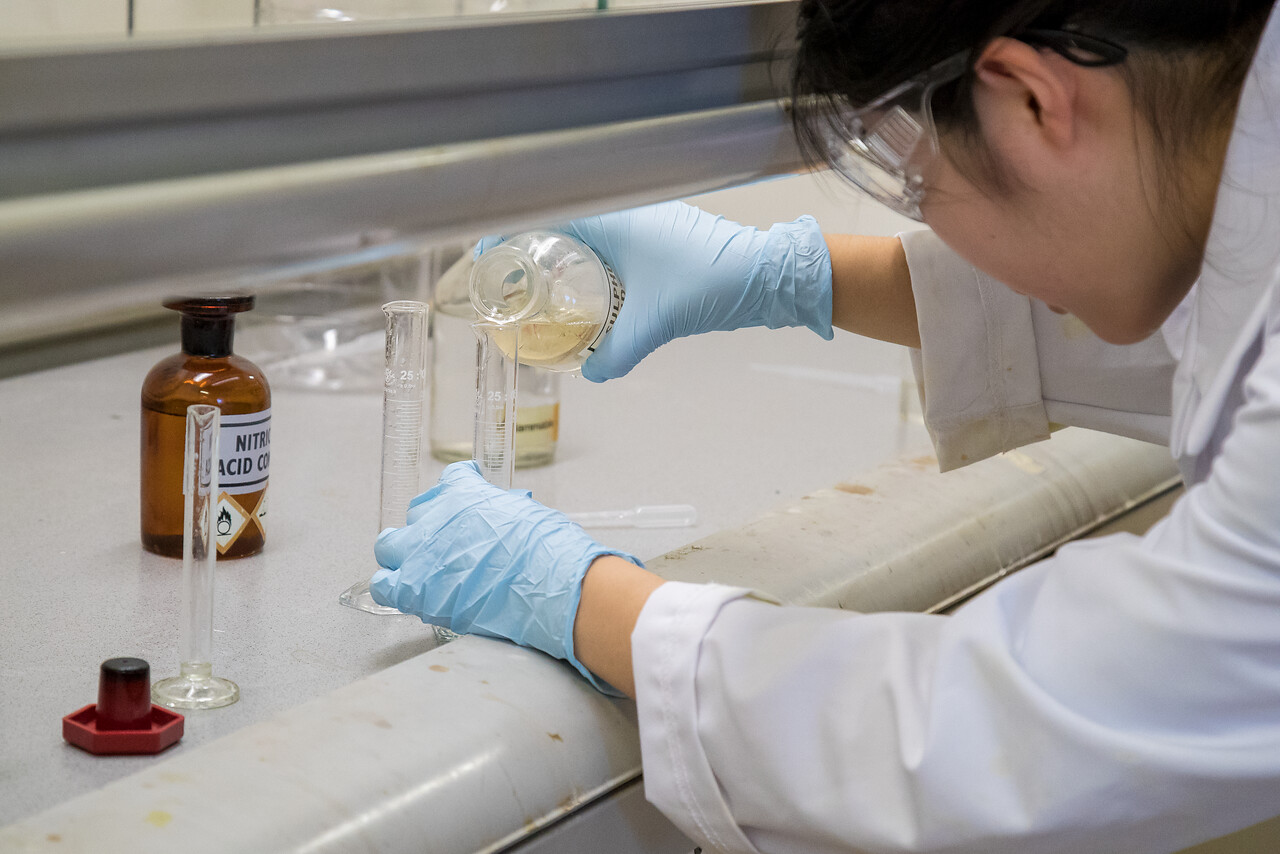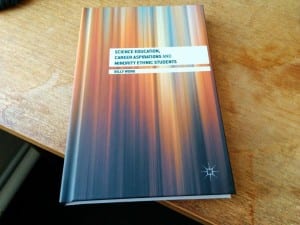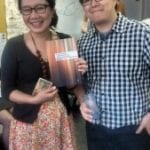Is science capital related to positive education, employment, and health outcomes at age 21?
By l.archer, on 26 April 2024
By Emily Ashford, Jennifer DeWitt and Louise Archer
The ASPIRES research study is a longitudinal project studying young people’s science and career aspirations from age 10-22. The study has been ongoing since 2009.
Young people’s participation in STEM (Science, Technology, Engineering, and Mathematics) is beneficial for many reasons, including developing critical thinking skills for active citizenship and future career opportunities. Increasing and diversifying participation in STEM is also a pressing issue for many policy makers who recognise the various societal and economic implications associated with this aim, including: global economic competitiveness; workforce development, addressing gender and diversity gaps; and navigating environmental and health challenges (to name but a few).
Science capital
In this article, we use the term ‘science capital’ to refer to a young person’s knowledge and understanding about science and how it works, their science-related interest, attitudes, activities outside of school, and social contacts (e.g., knowing someone who works in a science-related profession). We use an index measure of science capital that has been previously developed, published and reported on, which consists of a set of questions related to key areas of science capital (e.g. science-related attitudes, activities, social contacts) that are used to produce a ‘science capital score’ for each individual.
Previous analyses have shown that young people who record ‘high’ levels of science capital are significantly more likely to pursue science at A Level and degree level. In this article, we consider the question: does science capital have a positive relationship with an individual’s wider outcomes, outside of their participation in STEM qualifications? We look at outcomes such as active citizenship, feeling prepared for work by school, being in good health and job satisfaction.
The ASPIRES project
The ASPIRES study tracked a cohort of young people who were born in 1998-1999 from age 10-22. The first phase followed the young people from age 10 to 14, the second phase tracked up to age 19, and the third phase followed the young people as they move into adulthood and employment, from age 20 to 23.
The study uses quantitative, large-scale surveys (and has surveyed c. 47,000 young people to date) and qualitative data, comprising over 750 interviews conducted over time with a subset of 50 young people and their parents/ carers.
Using the science capital index scoring system, we divided the participants into three science capital groupings representing low, medium, and high science capital scores. We then looked at whether individual outcomes such as active citizenship, positive outlook, good health, and higher life and job satisfaction at age 21 were associated with particular levels of science capital, before investigating whether outcomes were still related once we accounted for gender, ethnicity, income, and cultural capital (which was measured by their parents’ attendance at university).
Findings
When we looked at the relationship between science capital and the outcomes individually, we found that having a high level of science capital was related to:
- Active citizenship
- Positive future outlook
- Feeling that school prepared them well for their future
- Good health
- Higher life satisfaction
- Higher job satisfaction
- Higher income
- Higher likelihood of being in education or training at age 21.
Next, we were interested as to whether science capital could just be an alternative measure of privilege. We also wanted to see how closely related science capital was to some of these outcomes above (the ones with closer relationships to begin with), in the presence of other factors. Therefore, we created statistical models to account for measures that might play a part in the relationship, i.e., gender, ethnicity, cultural capital, and income.
Our results showed that, even when accounting for other factors:
- Higher levels of science capital were strongly related to active citizenship.
- A significant association was found between high science capital and positive future outlook. Likewise, a significant association was found between science capital and higher job satisfaction, even when income was accounted for
- Science capital was the factor most strongly related to good health (income was the only other variable that was related at all).
- Science capital was significantly related to being in work, education, or training at age 21, as was having at least one parent who attended university
- Finally, science capital was the only measure that was significantly associated with how well young people felt that their education prepared them well for the future. Particularly, having low science capital decreased the likelihood of a young person feeling that school prepared them well, even when accounting for other factors.
Conclusion
In our study, high science capital was closely related to a range of positive outcomes at age 21 including active citizenship, positive future outlook, higher job satisfaction, good health, and feeling as though school had prepared them well for their future. Many of these relationships remained significant once we added in factors such as gender, ethnicity, cultural capital, and income. Interestingly, a strong relationship was found between feeling that school prepared them well for their future at age 21 and having a high level of science capital.
It’s worth emphasising that we endeavoured to capture science capital independent of cultural capital, and it seems unlikely that science capital was simply another measure of privilege in our research, as science capital was much more closely and consistently related to a range of positive outcomes than cultural capital.
It is well acknowledged that children should have opportunities to engage with and succeed in science education, but it is important for policymakers to consider the power of science capital on outcomes aside from academic involvement in STEM. Addressing and supporting science capital may provide policy makers with another useful approach for working towards reducing educational inequalities.
 Close
Close









